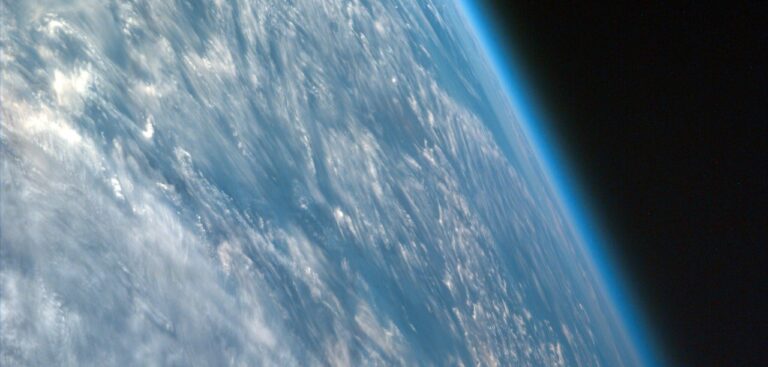Small and light satellites in near-Earth orbit experience significant drag and require propulsion into orbit. Space agencies have been testing iodine propulsion systems for new small satellites and could start to replace existing small satellites with the technology.
Small satellites stay in orbit for 1-5 years and have a range of applications, from tracking space weather and measuring the temperature of Earth’s atmosphere to testing technologies for larger satellites and supporting telecommunications.
Since the demand for small satellites could increase greatly in the future, it is important to understand the potential ozone layer depletion related to iodine emissions. Using a chemistry-climate model of the atmosphere, a team of scientists have demonstrated in a paper published earlier this year that iodine-driven ozone layer depletion is likely to be very small, but the proliferation of small satellites and a switch to iodine propulsion could have unintended consequences.
Based on the currently expected number of small satellite launches, the amount of iodine likely to be injected into the air each time, and how long the small satellites will remain in orbit, the risk to the ozone layer is low. With a modeled scenario of 1,000,000 satellites injecting 8 metric tons of iodine into the upper atmosphere every year, there would be minimal effect on the ozone layer.
However, scientists warn that if the number of satellite launches – and therefore the mass of iodine emitted into near-Earth orbit – continues to grow then there will be significant ozone depletion each year.
The research team involved experts from the National Centre for Atmospheric Science (NCAS), the University of Leeds, the Institute of Physical Chemistry Rocasolano, and Laboratoire de Physique des Plasmas. In the study they scaled the scenario numbers up by a factor of 100, which resulted in 2-7% depletion of stratospheric ozone in the Antarctic region each September to October, when the hole in the ozone layer reaches its maximum.
Dr Wuhu Feng, a chemistry-climate modeling researcher involved in the iodine emissions study at the National Centre for Atmospheric Science and the University of Leeds, said, “Unlike CFCs, there is no regulation for emissions from satellite and rocket launches, so it’s vital that we begin to understand and track the impacts of satellite iodine propulsion systems on the ozone layer and the wider environment. Our analysis could help governments to ensure that the rapidly growing small satellites industry does not affect the ozone layer.”



